 Following the mantra of Mechanics, Consistency and then Intensity will reduce your risk for injury and set you up for greater success in the long run. I know we all want to ‘go hard or go home,’ but sometimes you need to work smarter, not harder. Use these concepts as your guide to make the most out of your training. While intensity is the goal, we need to remember there are steps we need to take before we can get there to get there safely.
Following the mantra of Mechanics, Consistency and then Intensity will reduce your risk for injury and set you up for greater success in the long run. I know we all want to ‘go hard or go home,’ but sometimes you need to work smarter, not harder. Use these concepts as your guide to make the most out of your training. While intensity is the goal, we need to remember there are steps we need to take before we can get there to get there safely.
CrossFit founder, Coach Greg Glassman, said it best: “Learn the mechanics of fundamental movements; establish a consistent pattern of practicing these same movements, and, only then, ratchet up the intensity of workouts incorporating these movements. ‘Mechanics,’ then ‘Consistency,’ and then ‘Intensity’– this is the key to effective implementation of CrossFit programming.”
MECHANICS – This refers to technique and one’s ability to move properly through fundamental movements (squat, press, deadlift, clean, snatch, etc.). This is our number one priority before we can move onto consistency or intensity. Without a solid base or foundation we cannot expect good consistency in movement. Technique is what maximizes our work efforts for the amount of energy expended. Mechanics is at the heart of completing a movement or lift safely and efficiently.
CONSISTENCY – There are two components of consistency: 1) Are you consistently executing the mechanics (using form and technique) of the movement; and 2) Are you consistent in your CrossFit workouts?
INTENSITY – Then, when you are moving well with good mechanics and consistent technique, you can push to go faster or heavier.
We want you to learn to work at a higher intensity, but ONLY while maintaining good form and technique. In sum, we’d rather see less reps of a movement with great form, than more reps of a movement with bad form. For example, we’d rather see 5 Wall Balls with perfect form than to do 21 Wall Balls with compromised form (such as lack of depth and rounding of the back). Only when you perform a movement with great form should you do MORE (reps or weight).
 When moving with intensity, your technique can begin to falter. Our job as coaches is to recognize when that begins to happen and cue you to regain your technique. Examples of these cues can be as simple as a reminder to get a little lower in your squat for wall balls, changing the weight on the bar, or scaling your movement from a clean from the ground to a hang power clean.
When moving with intensity, your technique can begin to falter. Our job as coaches is to recognize when that begins to happen and cue you to regain your technique. Examples of these cues can be as simple as a reminder to get a little lower in your squat for wall balls, changing the weight on the bar, or scaling your movement from a clean from the ground to a hang power clean.
Always remember that intensity is relative to YOU and unique to YOUR ability and yours alone. This also means leaving your ego at the door. Don’t compare yourself to others. It’s not all about how much weight you lifted or what your time was in relation to anyone else: only compare yourself to you. The purpose of your daily scores is not to see how you fare against anyone, it is to track your own progress and growth.
Be safe and have fun with it!
Written By: Janna Davis


